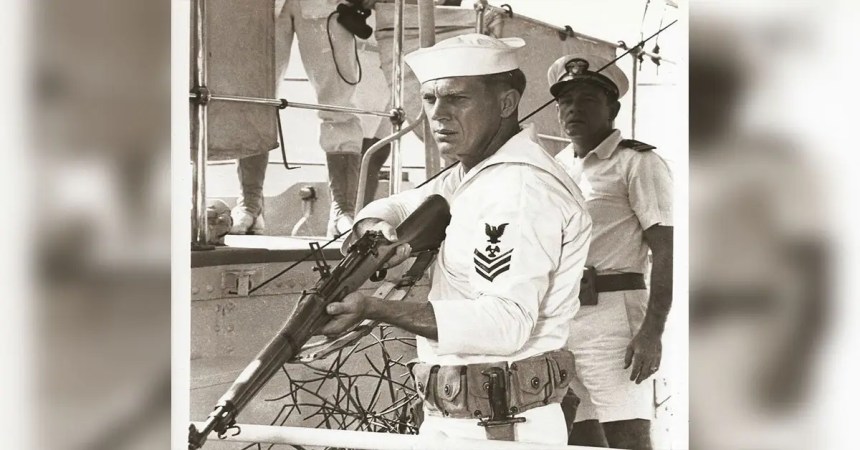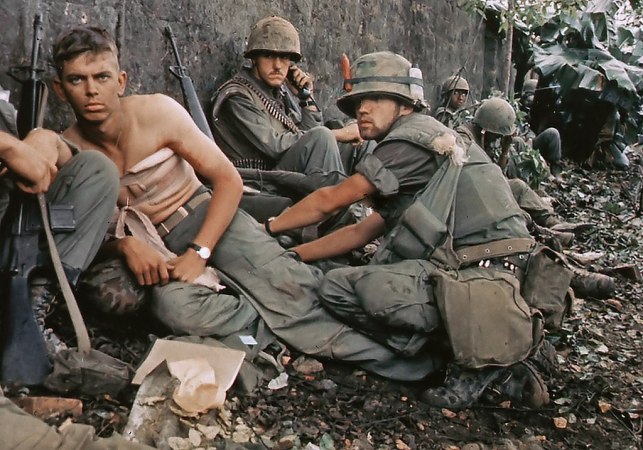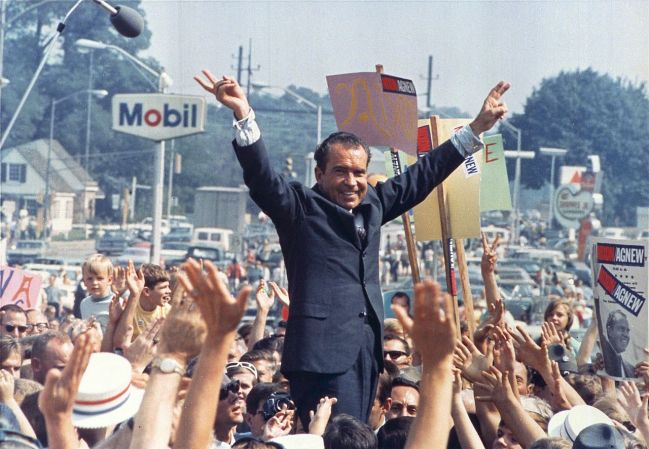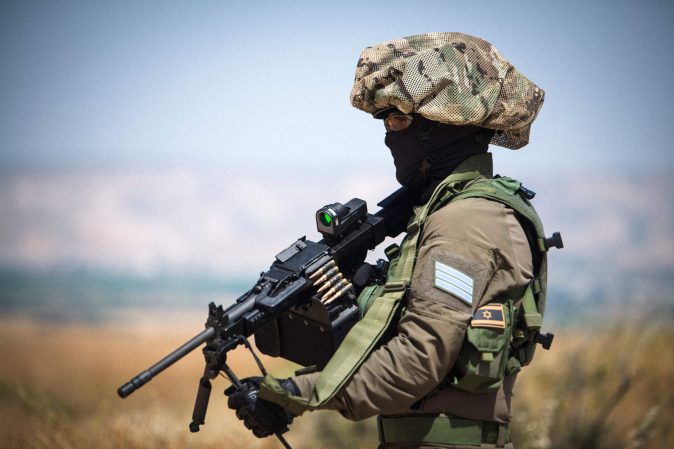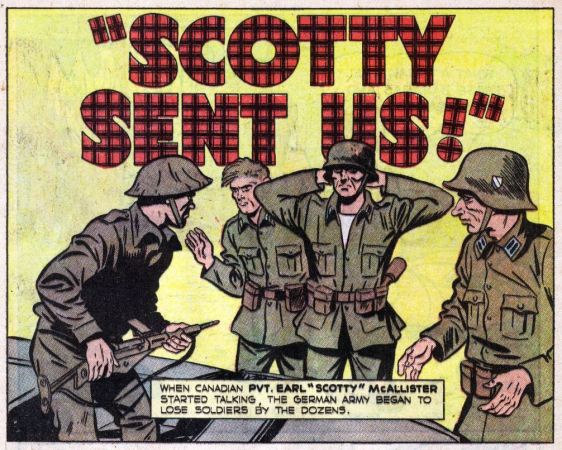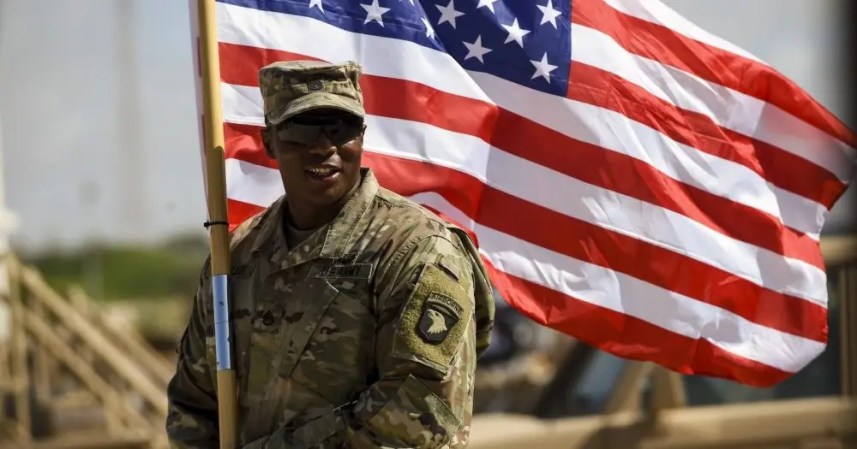The very moment a United States Armed Forces recruit steps foot off the bus, they’ll be greeted by a non-commissioned officer wearing a campaign hat and, in that moment, their life will change forever. Every branch in the Armed Forces (with exception of the Navy) uses a variation of the same, broad-brimmed hat. When you see someone wearing it, you know they’re dedicated to breaking the civilian out of young prospects and molding Uncle Sam a batch of new, capable warfighters.
But long before the campaign hat became the official headgear of every private’s nightmares, it was used by soldiers in the Old West, who casually wore it for so long that it just kind of became an official thing.

The campaign hat was first worn back in the 1840s by soldiers making their way across the country toward the Pacific. The typical forage cap used out east simply wasn’t a suitable option for blocking out the blinding sun that hung relentlessly above the American deserts.
The soldiers heading west were so far away from the brass (and military regulations was comparatively relaxed in those times) that they simply substituted regulation gear with whatever else made more sense. It was said that they were inspired by the sombreros of the Mexican Vaqueros, but the soldiers made their hats smaller to be more practical for longer rides.
The new unofficial hat finally got recognition and was authorized in the 1870s. This version was made of black felt, had a softer brim, and was still missing the distinctive pinch on the top. Over the years, the hat underwent several slight adjustments until becoming the campaign hat we know and love/fear today.

The British took note of the campaign hat and soon incorporated it into the wardrobe of their armies located around the Empire, as many fought under conditions similar to those of the Wild West — like the Boer Wars in South Africa. Canadian, South African, and Kiwi troops all adapted the hat — the Canadian Military then famously handed it down to the Royal Canadian Mounted Police.
By the turn of the century, the hat also became synonymous with the Buffalo Soldiers — in fact, they were responsible for sewing in the iconic “Montana Pinch” we all recognize today. The Buffalo Soldiers were tasked into various national parks and became some of the first national park rangers.
Later, park rangers, CBP agents, and highway policemen would all wear similar campaign hats in honor of the Buffalo Soldiers who’d, essentially, laid the foundation for their careers. Meanwhile, the troops tossed the hat at the advent of WWI as helmets were the preferred combat headgear.

One by one, each branch began putting recruits through more extensive and intense recruit training programs, helmed by the finest NCOs each branch had to offer. The Marines were the first in 1956 — and they needed an easily identifiable symbol to distinguish the drill instructor from everyone else.
They chose the campaign cover for all the same reasons the soldiers of the Wild West did — the fact that recruits couldn’t clearly see the eyes of the DI under the brim was just an added bonus. Other branches quickly followed suit. The Army adopted it in 1964 and the Air Force and Coast Guard did so in 1967
Which leaves out the Navy. Fact is, the Navy has just never had a reason to use the hat and has never showed any intentions of switching.
Read more on WATM:



